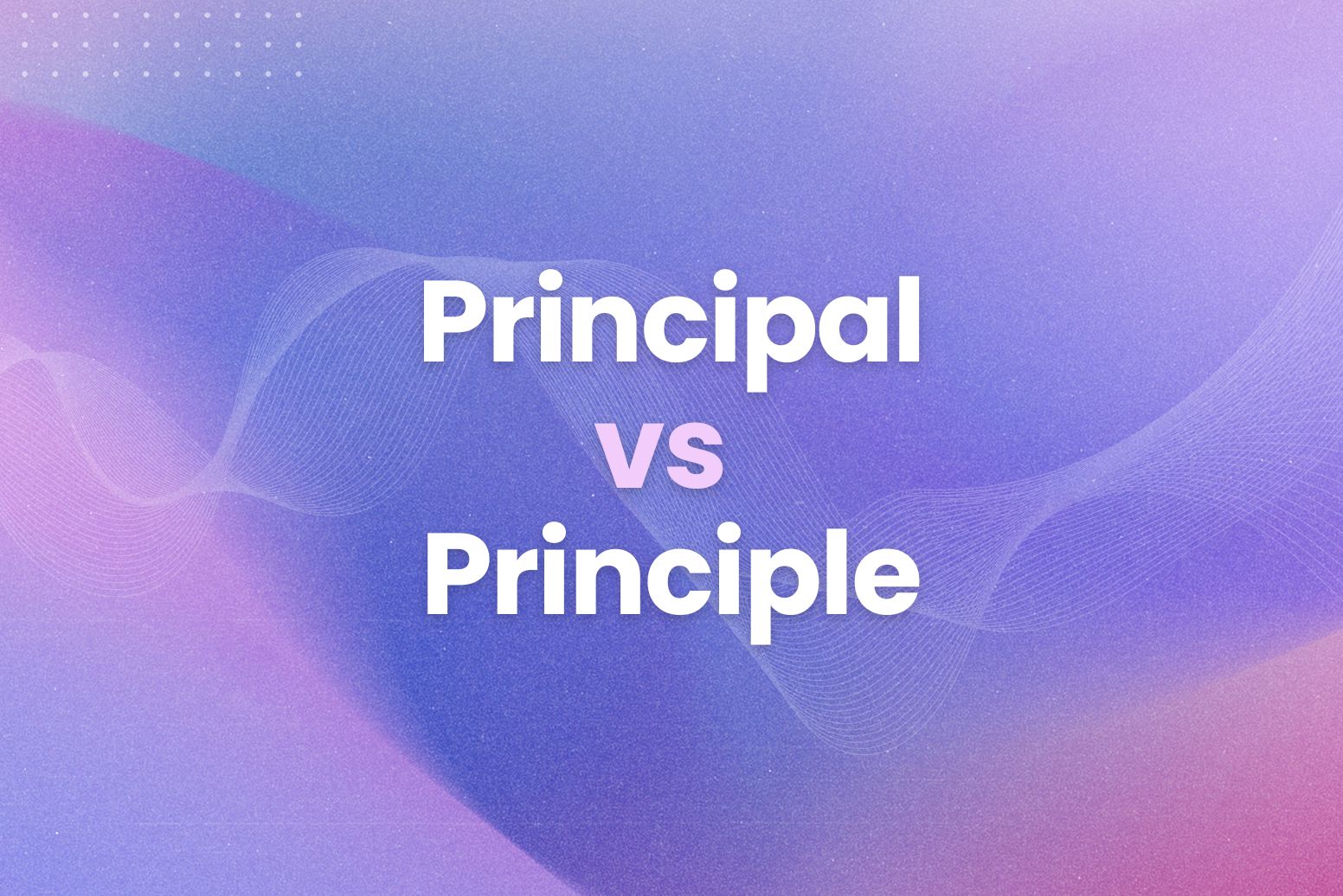Spelling can be a real headache sometimes, especially when two words look almost identical. Take modelling vs modeling, for example. These two spellings often trip people up, but don’t worry, we’re here to help.
In this guide, we’ll break down the differences between these two spellings. And also show you how to use them correctly.
Here’s what we’ll cover:
- The origins of “modelling” and “modeling”
- When to use each spelling
- A simple memory aid to avoid future confusion
So, let’s get started and banish those spelling dilemmas once and for all.
The Origins of “Modelling” and “Modeling”
The difference between modelling vs modeling comes down to geography. It’s a classic case of British versus American spelling.
- British English: Uses the double “l” spelling (modelling).
- American English: Uses the single “l” spelling (modeling).
But why the difference? Well, it all goes back to how these two versions of English evolved. American English often simplifies spellings. For instance, we see this in words like “color” (American) versus “colour” (British).
So, if you’re writing for a British audience, use “modelling.” However, if you’re writing for an American audience, use “modeling.” Simple as that.
But what if you’re writing for an international audience? In that case, it’s generally best to stick with the spelling that matches your location. For example, if you’re in Canada, “modelling” would be the way to go.
Pro Tip: If you’re ever confused, Arvin can help. It can identify spelling errors and suggest the correct spelling based on your chosen language setting. Pretty neat, right?
When to Use Each Spelling
So, the main difference between modelling vs modeling is whether you’re using British or American English. But here’s a closer look at when to use each spelling:
- Use “modelling” when you’re:
- Eriting for a British audience (or any audience that primarily uses British English conventions).
- Following a style guide that specifies British English.
- Writing in an academic field where British English is the norm (for instance, certain scientific journals).
- Use “modeling” when you’re:
- Writing for an American audience.
- Following a style guide that specifies American English (like the Chicago Manual of Style).
- Writing in a context where American English is generally preferred (such as most online publications).
The good news is that both spellings are considered correct, as long as you’re consistent. In other words, don’t switch back and forth between “modelling” and “modeling” within the same piece of writing.
Modelling vs Modeling: Examples
Here are a few examples to illustrate when to use “modelling” and “modeling”:
- Modelling (British English):
- “The researchers were modelling the effects of climate change on the local ecosystem.”
- “She’s been modelling since she was a teenager.”
- “He used computer software for 3D modelling.”
- Modeling (American English):
- “The teacher was modeling good behavior for her students.”
- “The agency is looking for new models for their upcoming campaign.”
- “He built a scale model of the Eiffel Tower.”
Notice how the spelling changes depending on the context and intended audience.
Some words, like “model,” are always spelled the same way. Regardless of whether you’re using British or American English. For instance, you would always write “role model” or “fashion model.” Never “role modelling” or “fashion modelling.”
A Simple Memory Aid
Remembering when to use “modelling” versus “modeling” can be tricky. But here’s a simple trick:
- Think “model” like “model airplane.” Most model airplanes are small. Similarly, the American spelling, “modeling,” has one less “l.”
Easy peasy, right?
Now, you can confidently choose the correct spelling. It doesn’t matter if you’re writing a research paper, crafting a blog post, or just sending an email.
Write with Arvin: No More Modelling vs Modeling Mistakes
Now you know the difference between “modelling” and “modeling.” It all comes down to whether you’re using British or American English. But no matter which spelling you choose, consistency is key.
Here are the main takeaways:
- “Modelling” is the British spelling.
- “Modeling” is the American spelling.
- Choose the spelling that’s appropriate for your audience and context.
- Stay consistent with your chosen spelling throughout your writing.
Arvin can be a lifesaver when it comes to catching those pesky spelling errors. After all, even the most experienced writers can make mistakes sometimes.
Using Arvin, you can ensure your writing is always polished and professional. So, why not give it a try and see the difference for yourself?
Frequently Asked Questions
What is the difference between modeling and modelling?
The only difference between “modeling” and “modelling” is the spelling. “Modelling” (with two “l”s) is the preferred spelling in British English. However, “modeling” (with one “l”) is the preferred spelling in American English.
Do you spell modelling with one L or two?
That depends. If you’re using British English, then “modelling” is with two “l”s. But if you’re using American English, then “modeling” is with one “l.”
Is it modeling or modelling in the UK?
In the UK, the correct spelling is “modelling” with two “l”s. This is because British English tends to favor the double “l” spelling for words like this.
Is it 3D modeling or modelling?
Again, it depends on whether you’re using British or American English. In British English, you would use “modelling.” But in American English, you would use “modeling.”
Is it correct to say modelling?
Absolutely. “Modelling” is perfectly correct if you’re following British English conventions. Similarly, “modeling” is correct in American English.
Is it cost modelling or modeling?
This depends on your audience and the context of your writing. For a British audience, use “cost modelling.” However, for an American audience, use “cost modeling.”






